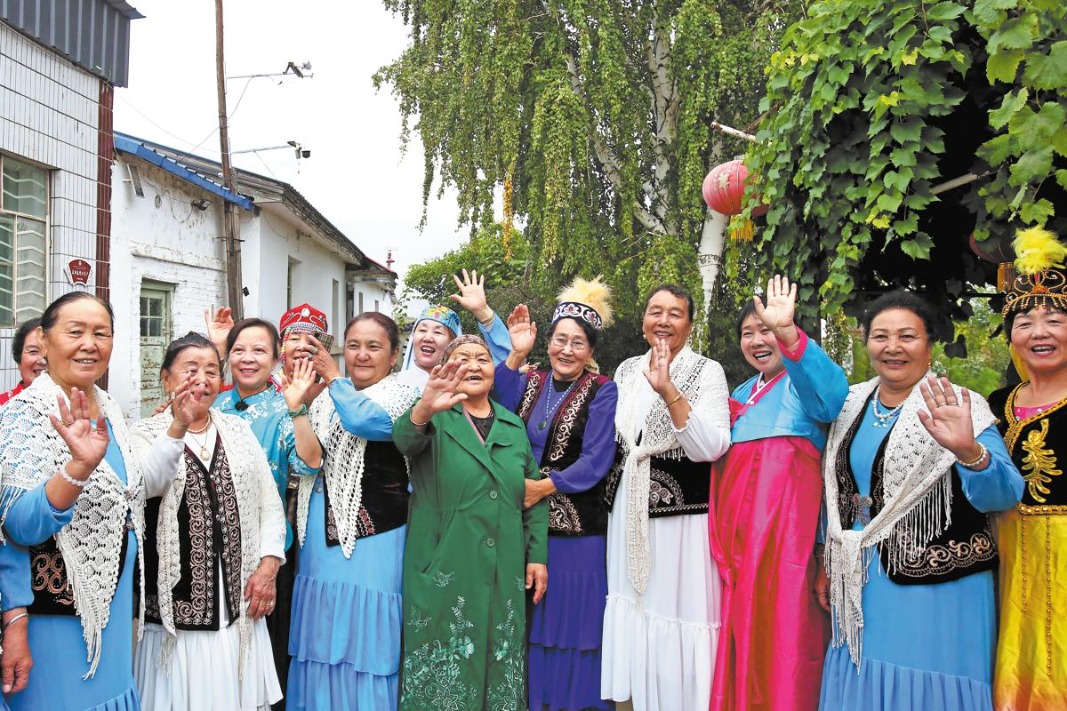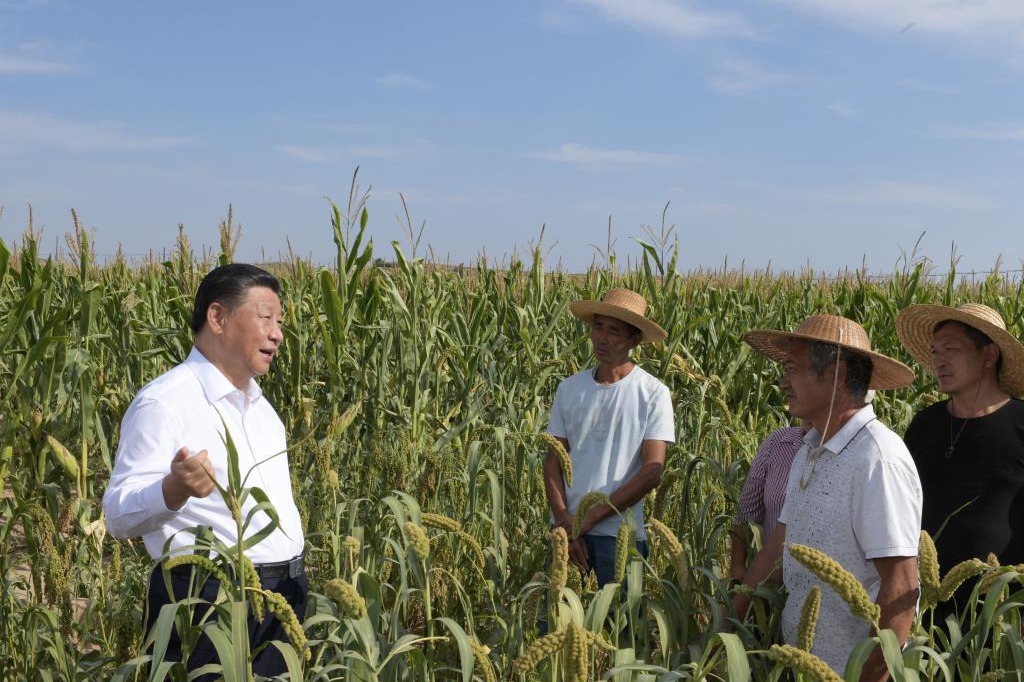Ways to address the rising problem of aging population


There are two ways to address China's aging population and low birth rate problem: introducing robots and AI technology to cope with the declining working-age population due to the low birth rate, or raising the retirement age to solve the social problems created by a rapidly rising aging population. China's retirement age of 60 years for men and 50-55 years for women is relatively low — except for some African countries, most countries' retirement age is 64 years or above.
As such, the Standing Committee of the National People's Congress decided on Sept 13 to gradually raise China's statutory retirement age, starting on Jan 1, 2025, with male workers' retirement age increasing from 60 to 63 and female workers' from 50-55 to 55-58, in the next 15 years. This makes perfect sense considering that life expectancy in China was 78.6 years in 2023.
With China's population aging at a fast rate, gradually raising the retirement age will make sure the Chinese economy enjoys a healthy supply of labor, as well as ease the pressure on pension funds, thereby enhancing old-age security for the people. Also, delaying the retirement age can improve labor productivity, increase economic vitality, and promote long-term growth, and extending the working hours will boost pension and wealth accumulation, and improve the living standards of the elderly people. The NPC Standing Committee plan allows employees to choose from more flexible retirement options based on their health condition and nature of job.
By raising the retirement age, the government can help the elderly people feel a greater sense of participation in economic activity, and make them feel wanted and thus less lonely. The move will also facilitate the passing on of experience and skills from the older generation to the new generation. The gradual raising of the retirement age will give the elderly people more time to adapt to retired life and reduce their dissatisfaction.
But the raising of the retirement age will also cause some problems. For example, the move may see older workers occupying positions beyond the existing retirement age, making it harder for younger people to enter the workforce, possibly intensifying job competition and reducing young people's employment opportunities.
Moreover, the differences in work intensity and health condition of the people across professions and industries may make it difficult for some to continue working, increasing social inequity. In addition, some elderly workers may struggle to adapt to new technologies, positions or work styles, leading to reduced efficiency, and increased disputes and tensions in the workplace, especially if a former subordinate becomes a supervisor. Delayed retirement could also increase people's stress and anxiety. Some people, especially those approaching the retirement age, are opposed to raising the retirement age, because they, especially manual laborers, would face greater social pressure.
Besides, the existing pension system may not be able to fulfill the requirements of delayed retirement, and the development disparity across regions could mean the developed regions adapting to the changes much faster and more easily than the less-developed areas.
In Japan, the retirement age in most companies used to be 60. But in 2013, the Japanese government introduced the Act on Stabilization of Employment of Elderly Persons, requiring companies to ensure people get fair "employment opportunities until the age of 65". This could create challenges for companies, to cope with which they must adopt one of the three following measures: Extending the retirement age to 65, introducing a continuous employment program (employment extension/re-employment system), or abolishing the mandatory retirement age system.
As for providing continuous employment for the people, the Japanese government has allowed the gradual transition to be completed by April, 2025.
Furthermore, in 2021, Japan revised the law on elderly employment, which required companies to strive to ensure employment opportunities for employees until the age of 70. The revision, however, does not mandate that employees work until 65 or 70, but requires companies to create opportunities for employees who wish to work late into their advanced age.
The government is also adjusting the pension system to encourage workers to work into their 60s, and raising the age for receiving pension and other benefits. It encourages enterprises to offer flexible work arrangements, such as part-time work or work from home, to meet older employees' needs. It also provides vocational training and skill enhancement courses for older workers so they can meet the demands of the modern world; and is strengthening health management and occupational safety to ensure the mental and physical well-being of older employees.
Japan has faced challenges similar to those China is facing today. Many people are opposed to the delayed retirement plan, because they are worried that the change may negatively affect the quality of their life. In the case of companies, they may face challenges such as human resources management, especially in terms of effectively managing employees of different ages. And the pension system still faces funding shortage.
As a solution, the Japanese government has intensified its public awareness campaigns to highlight the long-term benefits of delayed retirement for society and individuals. It has also improved occupational health management to ensure the safety and well-being of elderly employees by reducing the risks at the work place. And companies have introduced more flexible retirement options, including phased retirement, allowing employees to gradually adapt to the changes.
Being one of the first developed countries to face the aging population and low birth rate problem, Japan can serve as a "comprehensive pilot zone" in terms of policy lessons for China to cope with the problem of rapidly aging population and low birth rate. Japan's successes and failures offer valuable lessons for China.
The author is a professor at the College of Policy Science at Ritsumeikan University, director of the Research Institute of Global 3E in Japan and a foreign fellow at the Engineering Academy of Japan.
The views don't necessarily reflect those of China Daily.
If you have a specific expertise, or would like to share your thought about our stories, then send us your writings at opinion@chinadaily.com.cn, and comment@chinadaily.com.cn.


































